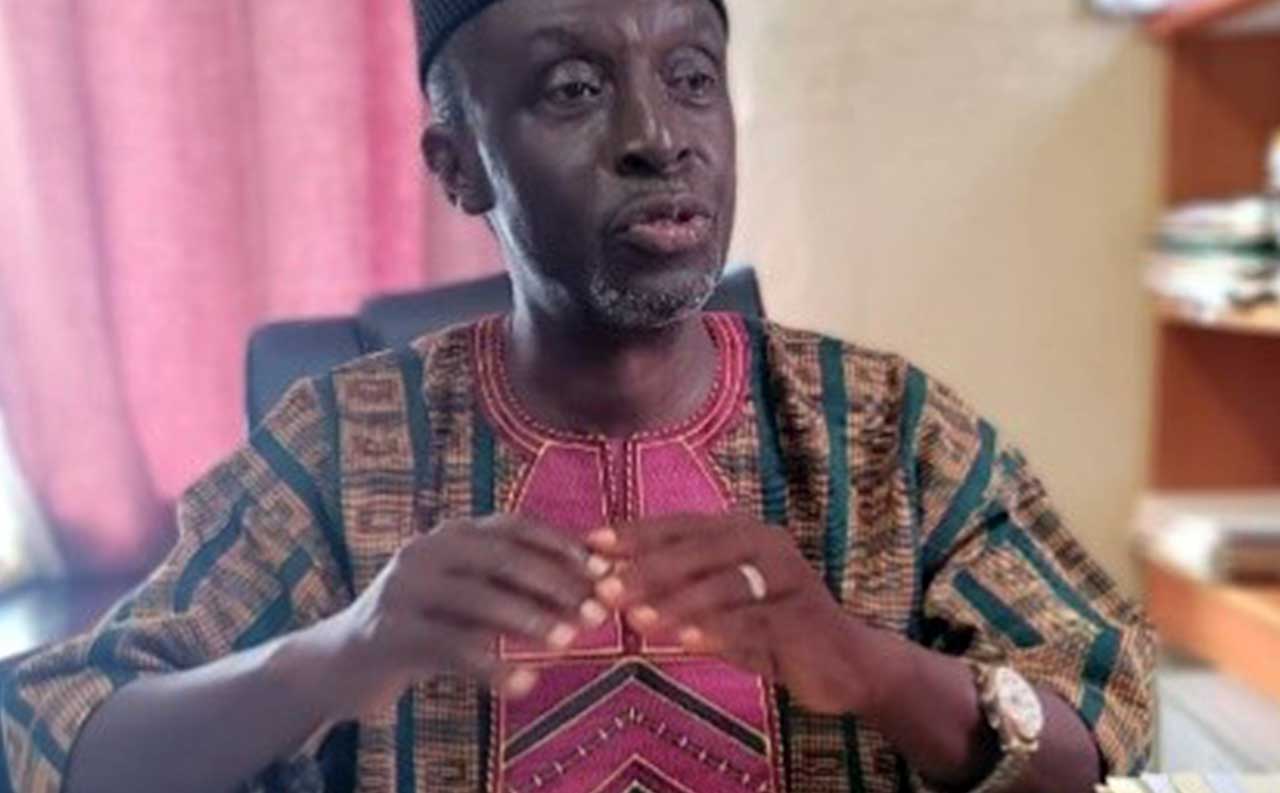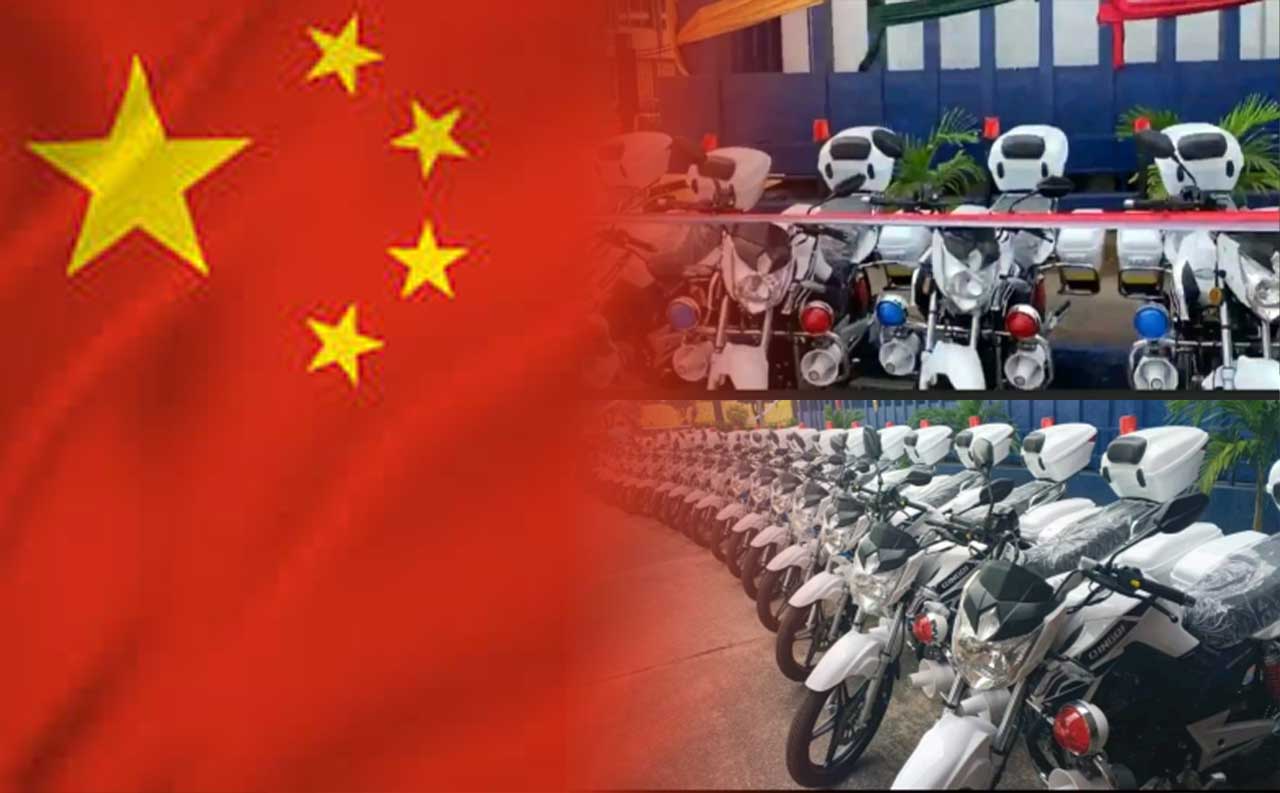The Political Leader of the Liberian People’s Party, Tiawan Saye Gongloe, has launched the Albert Porte Street Lecture Series at the Center for the Exchange of Intellectual Opinion (CEIO), in Monrovia. The launching ceremony brought together intellectuals, academia, youth and student activists as well as pedestrians.
At the launch of the Lecture Series, Cllr. Gongloe delved into Liberian history, politics and law. Providing an overview of the Albert Porte Street Lecture Series, Gongloe said he has observed over the years that young Liberians are thirsty for vital information about Liberia’s history, basic laws and politics.
The human rights lawyer added that to fill this void, he has decided to provide street education as a way of reducing the level of ignorance among the young people. Commenting briefly on the settlement history, Gongloe reflected on December 15–19, 1821 when the first group of African American settlers sponsored by the American Colonization Society (ACS) arrived off the coast of present-day Liberia aboard the ship Elizabeth.
He further indicated in the historical context that the settlers first anchored at Sherbro Island (today in Sierra Leone, just northwest of the Liberian coast). “That location turned out to be unhealthy — many settlers and ACS agents died of malaria and other diseases. In 1822, surviving settlers moved southward and established a settlement at Cape Mesurado, which became Monrovia (named after U.S. President James Monroe). So, December 19, 1821, marks the date of arrival of the Elizabeth with the first organized group of settlers, though the permanent settlement on Liberian soil began in 1822 at Cape Mesurado,” he stated.
He argued that none of the reliable sources he found so far confirm that exact date, December 19, 1821, as the arrival of the first settlers on the coast of Liberia. But rather it might be a date given in some narratives, possibly in less-authoritative accounts or family histories, but it’s not confirmed in the sources he reviewed.
Providing bridge information as to who the Settlers Met With / negotiated Land, he pointed out that the American Colonization Society (ACS) sent Dr. Eli Ayers (agent of the ACS) together with Lieutenant Robert F. Stockton of the U.S. Navy, to negotiate acquiring land for a settlement at Cape Mesurado.
“They negotiated with local leaders of indigenous groups in the Cape Mesurado area, including the Dei, Bassa, Kru, and others. One prominent local ruler was Zolu Duma, also called “King Peter.” Other chiefs mentioned include “Jimmy,” “Long Peter,” “George,” and “Zoda,” among others. The written agreement/deed was signed by Ayers and Stockton, and by those local leaders.
What Land Was Purchased and Its Area?
The land purchased was at Cape Mesurado, including the coastal headland and adjacent portions, and also Dozoa Island (also called “Perseverance” / “Providence” Island) in the bay,” the LPP leader stated. Commenting on what was paid for the land, Cllr. Gongloe disclosed that the payment was not in cash (in most accounts), but rather in trade goods, supplies, rum, guns, gunpowder, tobacco, trinkets among others.



